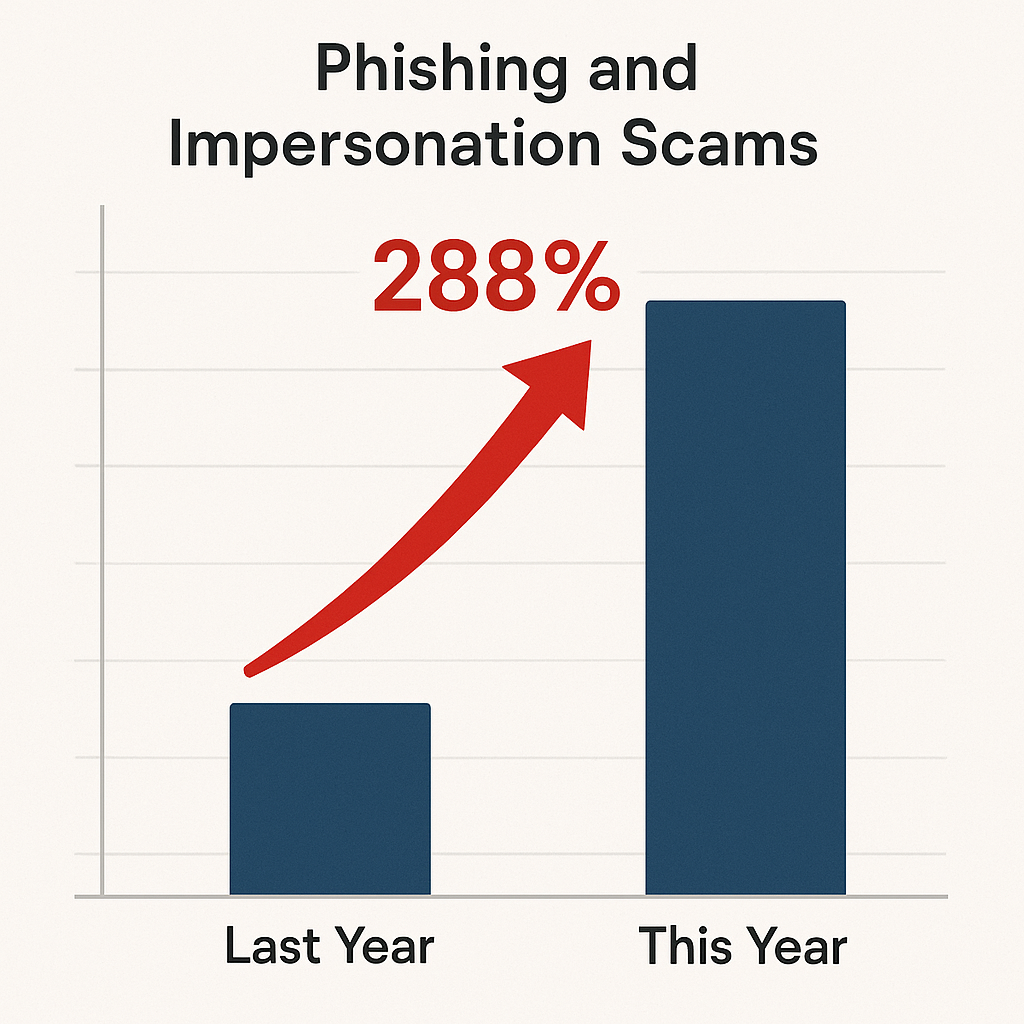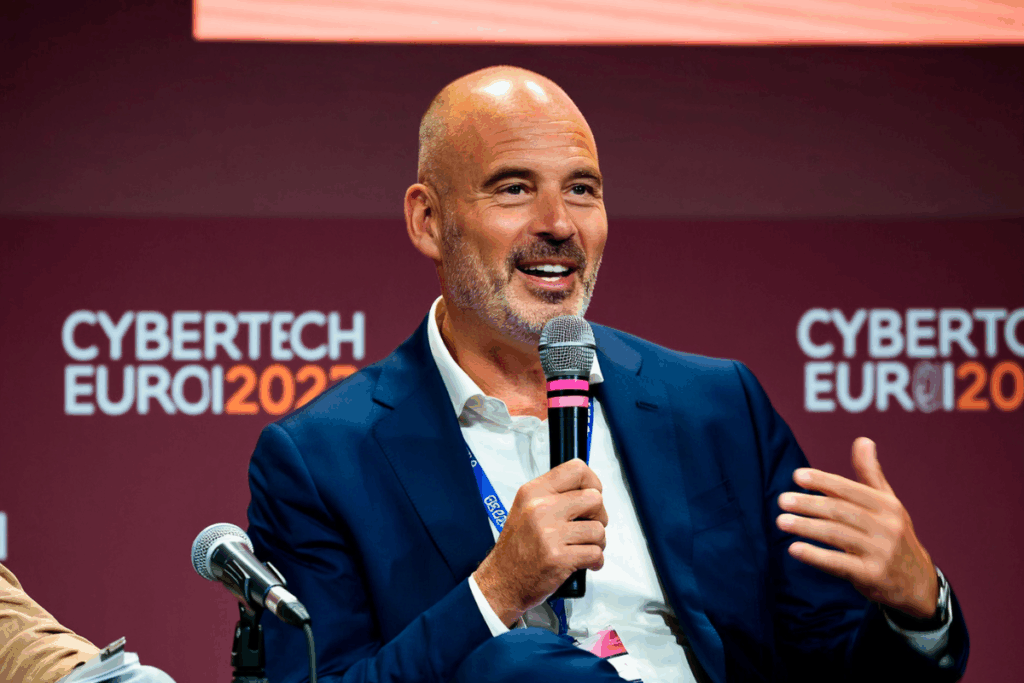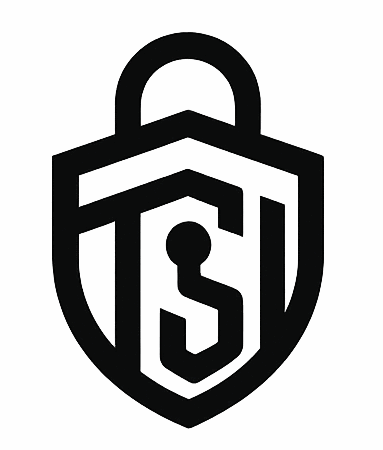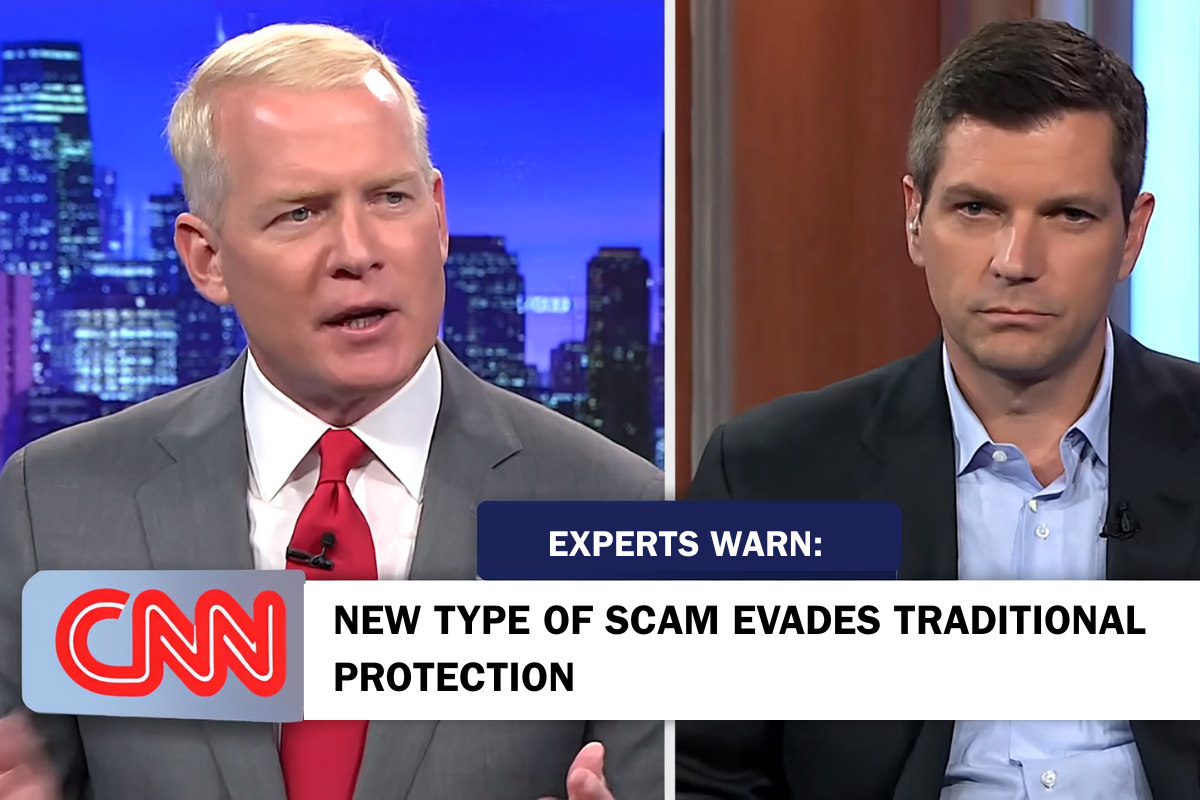Every day, people who think they’re safe online still get tricked by convincing scam emails and fake login pages.
They use antivirus.
They avoid suspicious attachments.
They even change passwords regularly.
And yet, their accounts keep getting hijacked.
If you’ve ever received a “Did you send this?” message from a friend,
if you’ve ever gotten a “suspicious login” alert even after running virus scans,
if you’ve ever felt your stomach drop when your bank emailed about “unusual activity,”
then what I’m about to share could finally give you peace of mind — and possibly save you from losing far more than just an account.
Because there’s a hidden epidemic happening right now:
According to the FBI’s Internet Crime Report, phishing and impersonation scams rose 288% last year alone.
And the shocking part?
Most victims already had antivirus protection.

The Problem Everyone Sees Isn’t the Real Problem
For years, the cybersecurity industry told people the same thing:
“Install antivirus. Don’t click unknown links. You’ll be safe.”
But that advice was built for a different era — when viruses came from infected files.
Today’s threats don’t even live on your computer.
They hide in legitimate-looking websites and emails designed to trick your browser, not your hard drive.
These scams don’t infect you — they impersonate you.
But nobody tells everyday users that distinction.
So millions keep using software that protects the wrong thing.
Meet Dr. Ryan Mitchell — The Researcher Who Realized the Industry Was Wrong

Dr. Ryan Mitchell has spent 18 years as a cybersecurity researcher and digital forensics consultant for Fortune 500 companies and government agencies.
He’s investigated more than 2,000 data-breach cases — from hacked hospitals to stolen corporate credentials.
But what finally broke him wasn’t a multinational breach.
It was a retiree named Margaret.
“She was careful,” he recalls. “Used antivirus, paid for updates, never opened attachments. And yet her entire email list received fake messages from her account within minutes. She lost her savings to a fake investment portal that looked identical to her bank.”
Dr. Mitchell ran every scan he had.
Her laptop was spotless.
No viruses. No malware.
“She kept asking, ‘How could this happen if I did everything right?’” he says. “I didn’t have an answer — and that kept me up at night.”That was the moment he realized: everything he’d been taught was incomplete.
The Real Cost Isn’t Just Financial
Over the next two years, Dr. Mitchell audited more than 11,000 compromised accounts.
What he found changed his understanding of cybersecurity forever.
Only 12% of the compromised systems had traditional malware.
88% were victims of what he calls “ambient breaches.”
Modern hacks aren’t caused by malware inside your computer — they’re caused by invisible scripts outside it.
These “ambient breaches” use snippets of code hidden in fake web pages and emails that steal session tokens — the temporary digital keys your browser uses to keep you logged in.
Because antivirus scans your files, not your live browser sessions, it never sees these attacks happen.
In other words, your protection is looking in the wrong place.
Dr. Mitchell puts it simply:
“We’ve been thinking about security backwards. It’s not about cleaning up infections — it’s about stopping impersonation before it starts.”
Password managers?
Helpful, but useless once your live session token is stolen.
They protect stored passwords, not active ones.
Two-factor authentication?
Better — but hackers now clone login pages that steal both the code and the session ID before you even finish logging in.
Browser security plugins?
Most check for known bad URLs.
They miss brand-new domains created hours ago by automated phishing farms.
Every popular “solution” fails for the same reason — none of them monitor real-time behavior.
The Professional Secret That Changed Everything
During a 2023 research collaboration, Dr. Mitchell discovered a tool used quietly inside cybersecurity labs: behavioral threat mapping — technology that watches what every website does, not what it looks like.
When his team connected this system to ordinary users, they saw a 94% drop in successful phishing attacks within 30 days.

Behavior-based WebShield technology that detects threats by behavior — blocking attacks before they ever appear on your screen.And for the first time, it’s available to the public through one company: TotalAV™.
Why TotalAV Works When Others Fail?
Traditional antivirus = reactive.
It waits for known viruses to appear, then deletes them.
TotalAV = proactive.
It monitors downloads, websites, and login sessions in real time — and shuts down suspicious activity before it reaches your device.
Because it targets the real culprit — those invisible “ambient scripts” — it stops modern scams cold.
Here’s how it works in plain English:
- WebShield AI scans each page you visit for micro-behaviors — invisible redirects, hidden form fields, fake encryption.
- Real-Time Protection blocks scripts that mimic trusted brands or email domains.
- Data Breach Monitor checks your email against known leaks and alerts you immediately if your data appears.

Because it addresses the true mechanism behind modern hacks, TotalAV can prevent what others can only clean up after.
After testing with 3,000 users across four countries, Dr. Mitchell’s research team reported:
- 97 % reduction in phishing-related breaches within the first week
- Zero account takeovers among users running WebShield AI for 30 days
- 91 % reported “less anxiety” about online safety in follow-up surveys
He even ran it on his own family’s devices:
“My wife used to get constant fake shipping notifications. They’ve completely stopped. My kids browse safely without pop-ups or scams. It’s the first time I’ve actually relaxed online in years.”
Dr. Mitchell says the biggest tragedy is that people think it’s normal to live with constant digital fear.
“Getting hacked shouldn’t be a rite of passage. It’s a sign your protection is outdated.”
With proper behavioral defense, users should never see fake login pages, random password resets, or unknown logins.
They should be able to shop, email, and manage finances without anxiety.
Yet most people are still losing hundreds — sometimes thousands — because they rely on software that was designed for 2005, not 2025.
Since Dr. Mitchell’s report was published in The Journal of Cyber Defense earlier this year, IT departments across Europe and North America have begun switching their endpoint protection systems to behavioral models.
But for individual users, TotalAV remains the only accessible consumer platform using this technology.
Demand is exploding.
Manufacturing partners are struggling to keep up with the sudden surge in subscriptions.
How to Get Protected Today?
For a limited time, TotalAV™ is offering new users 75 % off the regular annual rate — bringing the first-year price down to just $19.
That includes:
- Real-Time WebShield protection
- Anti-phishing and scam-site blocking
- Data-breach monitoring
- System cleanup tools
- 30-day money-back guarantee
If you see this page, it means the discount is still active.
Early Users Are Seeing Real Results
“I used to get at least one fake ‘delivery’ email a week. Since installing TotalAV, not a single one has slipped through. It catches them before I even open them.”
— Linda M., 63, retired teacher
“My account was hijacked twice last year. TotalAV flagged a fake bank login I would have clicked instantly. Worth it for that one moment alone.”
— Jason P., 47, small-business owner
“Finally something that works quietly in the background. I don’t feel like I’m under attack every time I check email.”
— Sarah W., 55, nonprofit director
Quality antivirus protection typically costs less than $5 per month—about the price of a coffee. Compare that to the average loss of $12,400 that scam victims face, and it’s one of the smartest investments you can make.
More importantly, it lets you use your computer with confidence. You can video chat with grandchildren, shop online, manage your finances, and enjoy the internet without that nagging worry in the back of your mind.
A Final Word From Dr. Mitchell
“The truth is, the tools to stop this have existed for years — they were just locked behind enterprise firewalls.
My mission now is simple: make sure ordinary people can access the same protection professionals use every day.
No one should lose their identity or savings because of outdated software.”
He’s urging everyone to upgrade before the next wave of phishing scams hits.
“Once you understand how these attacks really work, you’ll never look at a suspicious email the same way again.”
Act Before the Next Scam Hits Your Inbox
✅ Step 1: Click Below to Check Availability
✅ Step 2: Activate your 75 % discount.
✅ Step 3: Install in minutes and browse safely from day one.
Remember: Your instincts were right all along — you shouldn’t feel safe just because you have antivirus.
You deserve protection that understands how threats actually work.
Don’t wait for that next “Is this you?” message to hit your inbox.
Take back control today.

